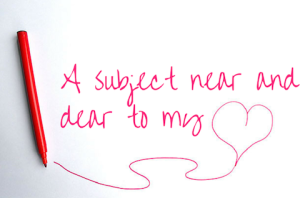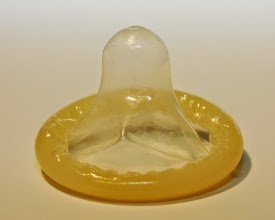 On to Lesson 2 from Section 1 of Volume 2 of Teaching Safer Sex! (And if all of those designations being needed to differentiate the variety of options that Teaching Safer Sex offers educators doesn’t make you want to run out and buy a copy I don’t know what will!)
On to Lesson 2 from Section 1 of Volume 2 of Teaching Safer Sex! (And if all of those designations being needed to differentiate the variety of options that Teaching Safer Sex offers educators doesn’t make you want to run out and buy a copy I don’t know what will!)
This lesson lands near and dear to my heart. As I read more deeply into the Center for Sex Education’s materials, one of the things that continues to impress me is the diligence with which they incorporate LGBTQ needs in their safer sex education manuals. It is so often left out. And while gays and lesbians are often assumed not to need safer sex lessons, they most certainly are in need. LGBT teenagers have a higher rate of teen pregnancy than cis gender, heterosexual teenagers. And STIs don’t discriminate based on sexual orientation or gender identity.
And thus the need, and my affection for these lesson plans.
INCLUSIVE SAFER SEX
By Eli R. Green, MA, MEd
Objectives
By the end of this lesson, participants will be able to:
- Identify at least two safer sex methods that can be used, regardless of the person’s sexual orientation or gender identity.
- Apply safer sex knowledge to advise others on how to navigate safer sex situations.
Rationale
Lesbian, gay, bisexual, trans, queer and intersex (LGBTQI) persons are frequently left to their own devices when learning how to navigate safer sex, and are in particular need of inclusive sexuality education. Framed within a risk-reduction model, this lesson plan focuses on the types of safer sex protection needed for various sex acts, rather than the identities of the people performing them, and provides LGBTQI-specific examples to affirm related experiences. This lesson is intended as a starting point for safer sex education that is inclusive of people who are LGBTQI.
My favorite thing about this lesson – and I love telling you all what my favorite thing about these lessons are – is a handout titled Safer Sex: The Flow Chart. It applies to every sexual encounter, regardless of the details of the humans involved. It is fully inclusive of everyone’s gender and sexual orientation. So much so, in fact, that this little graphic is included at the top:
It’s a good graphic, no?
Well, the lesson plan and the flow chart both deliver in terms of giving a strong sexual health message without diluting it based on factors that don’t necessarily apply to everyone. And as an added benefit it also normalizes a range of sexual orientations and gender identities! Bonus lesson!






